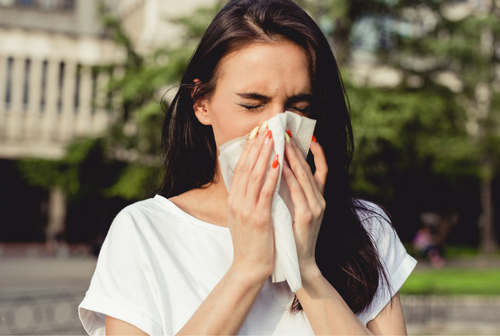Not all ozone is created equal. While most people associate ozone with environmental protection, the reality is more complex - ozone can be your protector or your poison, depending entirely on where it exists in the atmosphere. Understanding this crucial distinction could be the key to protecting your family's respiratory health and optimizing your indoor air quality.
The confusion surrounding ozone stems from its dual nature: the same three-oxygen molecule that shields us from deadly ultraviolet radiation in the upper atmosphere becomes a dangerous respiratory irritant when it forms at ground level where we breathe.
The Protective Shield: Stratospheric "Good" Ozone
Stratospheric ozone, found 10-30 miles above Earth's surface, serves as our planet's natural sunscreen. This "good" ozone absorbs 97-99% of the sun's harmful ultraviolet radiation, preventing skin cancer, cataracts, and immune system damage in humans while protecting ecosystems from UV damage.
This beneficial ozone layer has been partially destroyed by man-made chemicals, creating the infamous "ozone hole." However, thanks to international cooperation through the Montreal Protocol, this protective layer is slowly recovering, with scientists predicting full restoration by 2066.
The irony is striking: while we desperately need more ozone in the stratosphere for protection, we're simultaneously fighting to reduce ozone at ground level where it threatens human health. This atmospheric ozone naturally forms through oxygen molecules interacting with UV light and electrical discharges, creating a vital protective barrier that has enabled life to flourish on Earth.
The Respiratory Threat: Ground-Level "Bad" Ozone
Ground-level ozone tells a completely different story. This "bad" ozone forms when nitrogen oxides from vehicles, power plants, and industrial facilities chemically react with volatile organic compounds in the presence of sunlight. Rather than protecting us, this ozone becomes the primary component of smog and a serious respiratory health hazard.
Unlike its stratospheric counterpart, ground-level ozone isn't emitted directly into the air - it's created through complex photochemical reactions that intensify on hot, sunny days. This explains why air quality alerts often coincide with beautiful weather, creating a dangerous contradiction between pleasant conditions and hazardous air.
The health impacts are severe and immediate. Ground-level ozone irritates airways, causes chest pain and coughing, reduces lung function, and can trigger asthma attacks. Children, elderly adults, and people with existing respiratory conditions face the highest risk, but even healthy individuals experience reduced athletic performance and increased susceptibility to respiratory infections during high ozone episodes.
Protecting Your Indoor Environment from Bad Ozone
While we can't control outdoor ozone formation, we can protect our indoor air quality through advanced purification technology. The Air Oasis iAdaptAir systems utilize medical-grade HEPA filtration combined with activated carbon and UV-C technology to remove ozone precursors and other harmful pollutants before they can impact your health.
Understanding the difference between good and bad ozone empowers you to make informed decisions about air quality protection. When weather conditions favor ground-level ozone formation, your home should provide a clean air sanctuary that filters out these dangerous pollutants while maintaining comfortable, breathable indoor conditions.
Don't let bad ozone compromise your family's health. Take control of your indoor air quality and breathe confidently regardless of outdoor ozone levels. Shop Air Oasis today and experience the difference clean air makes for your daily wellness.



